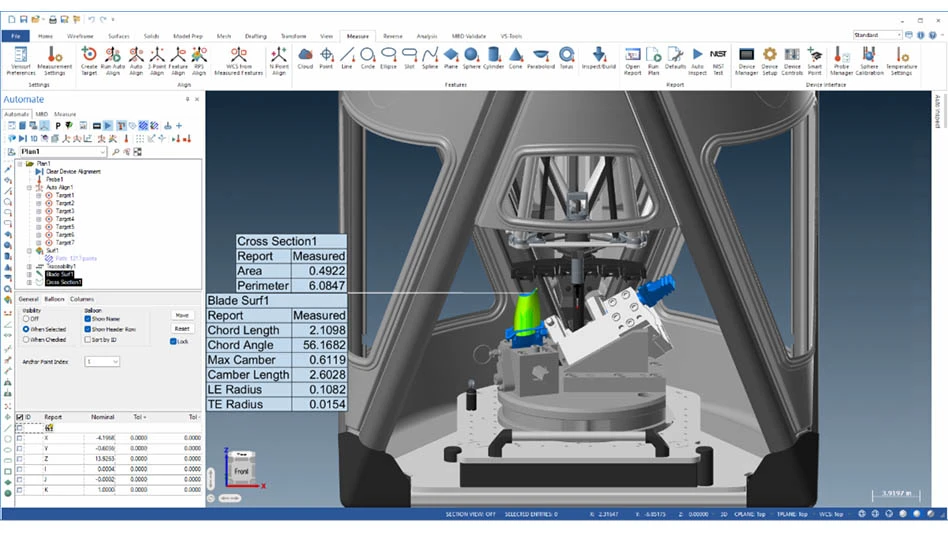
GM
Lockheed Martin and General Motors (GM) have teamed up to design the next generation of lunar rovers, capable of transporting astronauts across farther distances on the lunar surface. Unlike the Apollo days when the rovers only traveled four miles from the landing site, Artemis astronauts will go farther and explore more of the moon’s surface than ever before to conduct critical scientific research.
The vehicles will be driver optional. Autonomous, self-driving systems will enable the vehicle to operate with or without humans onboard, and pave the way for future human missions, commercial payload services, and enhanced scientific utility.
“These next-generation rover concepts will dramatically extend the exploration range of astronauts as they perform high-priority science investigation on the moon that will ultimately impact humanity’s understanding of our place in the solar system,” said Rick Ambrose, executive vice president, Lockheed Martin Space.
“We’ve led missions to other planetary bodies for decades, building spacecraft that can survive the high radiation environment, cold temperatures, and yet be very light and very reliable,” said Kirk Shireman, vice president, Lunar Exploration Campaigns at Lockheed Martin. “This is what we specialize in, and we are more than capable of meeting and exceeding this challenge for NASA.”
The Lockheed Martin-GM alliance brings together innovations from both companies to make transformative vehicles, drawing on strong legacies of engineering and performance from both companies.
Lockheed Martin will lead the team by leveraging its legacy and history working with NASA.
“Our goal is to build a vehicle that is affordable, that exceeds our customer requirements, and to do it rapidly. Digital tools are how we achieve that,” Shireman said. “We’ve demonstrated already across programs and proposals the speed, affordability and reliability that digital tools enable, and we fully expect to leverage and expand on that experience with this program.”
GM brings decades of experience designing for on and off-road environments.
“There’s a lot of synergy between our two companies – we complement each other well,” said Jeff Ryder, vice president, Growth & Strategy at GM Defense. “The lunar rover designs for extreme off-road environments have a lot of similarities with our tactical military vehicles on the GM Defense side.”
GM also brings battery-electric technologies and propulsion systems that are central to the company’s electric vehicle strategy.
Additionally, GM will use autonomous technology to facilitate safer and more efficient operations on the moon. Autonomous, self-driving systems will allow the rovers to prepare for human landings, provide commercial payload services, and enhance the range and utility of scientific payloads and experiments.
“General Motors made history by applying advanced technologies and engineering to support the Lunar Rover Vehicle that the Apollo 15 astronauts drove on the moon,” said Alan Wexler, senior vice president of Innovation and Growth at General Motors. “Working together with Lockheed Martin and their deep-space exploration expertise, we plan to support American astronauts on the moon once again.”
Latest from Aerospace Manufacturing and Design
- Qualified materials for 3D-printing mission-critical applications
- #69 Manufacturing Matters - Shopfloor Connectivity Roundtable with Renishaw and SMW Autoblok
- Demystifying Controlled Unclassified Information (CUI)
- Simplify your shop floor operations while ensuring quality parts
- Happy Independence Day - July 4th
- Bombardier receives firm order for 50 Challenger, Global jets
- Automatic miter bandsaw
- SAS orders 45 Embraer E2 jets with options for 10 more





